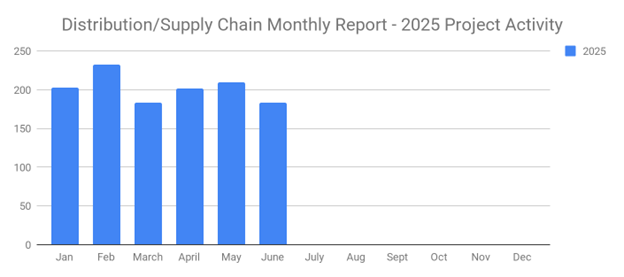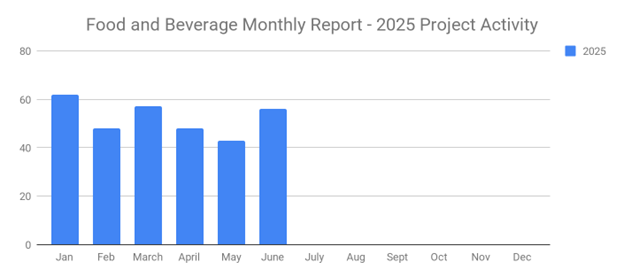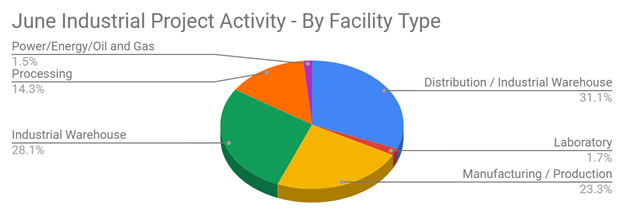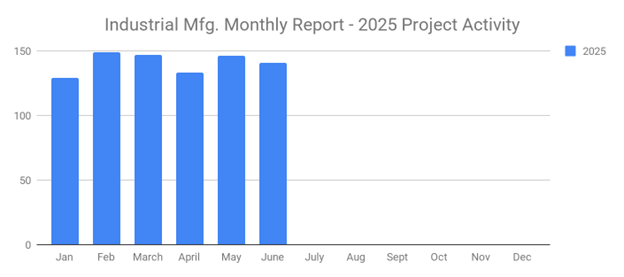
Have you come across the term "lead velocity" when researching B2B sales tips and tactics? If so, you might be wondering what it means. While most B2B sales reps are familiar with leads, many are unfamiliar with lead velocity. Nonetheless, lead velocity is a useful metric for gauging your B2B company's ability to generate leads. To learn more about lead velocity, including what it means and why it's important, let's get started.
Overview of Lead Velocity
Lead velocity rate, or what's more simply known as lead velocity, is a representation of your B2B company's lead growth or contraction during a predetermined period, such as a month. If your B2B company started the month with 1,000 leads and ended the month with 1,250 leads, its lead velocity for that month would be 25%. On the other hand, if your B2B company started the month with 1,000 leads but ended with just 750 leads, its lead velocity for that month would be -25%. Lead velocity simply shows the growth or contraction of your B2B company's leads for a given period.
Why You Should Track Lead Velocity
By tracking your B2B company's lead velocity, you'll have a better understanding of how many of your leads your B2B company has acquired versus the number of leads that it has lost. Research shows that 85% of B2B companies rank lead generation as their top marketing goal. B2B companies have a narrower and more specific audience than B2B companies, so they rely on high-quality leads to drive sales. With lead velocity, you can see firsthand whether your B2B company's lead generation strategy is working.
How to Increase Your B2B Company's Lead Velocity
There are several things you can do to increase your B2B company's lead velocity. Sourcing more high quality sales leads or SalesLeads' Project Reports, of course, will naturally have a positive impact on your B2B company's lead velocity. Whether you use cold calling, email, LinkedIn marketing or other channels, you should continue to source new sales leads. Otherwise, your B2B company's lead velocity could slip into the red zone.
The quality of your B2B company's sales leads may affect its lead velocity as well. Low-quality leads are more likely to suffer from inaccuracies or discrepancies than high-quality leads. And if you can't use a sales lead in your sales process, you'll have to delete it, resulting in a lower lead velocity.
Lead velocity is a B2B sales metric that represents the rate of lead growth or lead contraction for a predetermined period. It's designed to help B2B companies identify the effectiveness of their lead generation strategy.
What to learn more? Get in Touch
Latest Posts
-

June's New Distribution and Supply Chain Planned Projects Return to March’s 183 Confirmed Figure
-

Food and Beverage Rebounds with 56 New Planned Projects Igniting Growth After Decline
-

June 2025’s New Industrial Construction Projects Grew 7% Month-Over-Month
-

Q2 Industrial Manufacturing Soars 31% for Planned Projects Over $100M; June Planned Industrial Projects Hit 141

